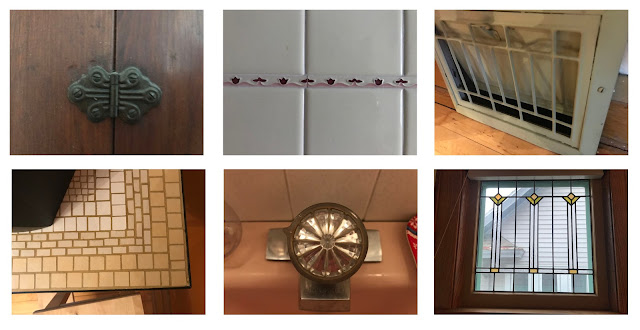Hello Fratney students and friends! I think that you've probably noticed by now that the materials we're using are mostly things we can all find around the house. Some days I miss having all of the materials in our real Fratney Art Room, but I also like the challenge of making do with what's around. Every day, I miss actually being with you in the real Art Room, making art together. For now, I hope that you are discovering some fun and creativity here!
Materials: Paper (thin like copy paper works best), crayons with the paper peeled off, objects around your home with interesting textured surfaces. Optional - watercolor supplies.
1. Take a walk around your house, collecting objects with interesting textured surfaces.
2. Be prepared with crayons and paper at your work space.
3. Take one object at a time and place it under your paper.
4. Holding onto the object through the paper, rub the side of the crayon onto the paper to create an impression of the texture.
5. You may also find textures that are not movable, like these:
 Optional Step: If you have watercolor supplies at home, you can paint over the crayon. Because the crayons are oil-based, they resist the water-based paints. This technique is known as watercolor-crayon resist.
Optional Step: If you have watercolor supplies at home, you can paint over the crayon. Because the crayons are oil-based, they resist the water-based paints. This technique is known as watercolor-crayon resist. |
L'origine de la pendule, 1925 |
Inspiration: Max Ernst was a surrealist artist who developed a technique he termed "frottage", based on the French verb, frotter (to rub). He began much of his artwork by using charcoal pencils to make texture rubbings from different surfaces, including metal machine parts, wood, and other natural materials.
Surrealism is a movement in art and literature that began in 1917 (more that 100 years ago!). Surrealist art is often described as dreamlike or otherworldly, depicting images that don't normally go together or appear in the "real world".
Here are three examples of Max Ernst's frottage art.
 |
| Petite Frottage IV, 1974 |
 |
| When Light Cartwheels, 1926 |

Hi Sue! Can I borrow (and credit) your texture rubbing video?
ReplyDeleteYes, for sure!
Delete